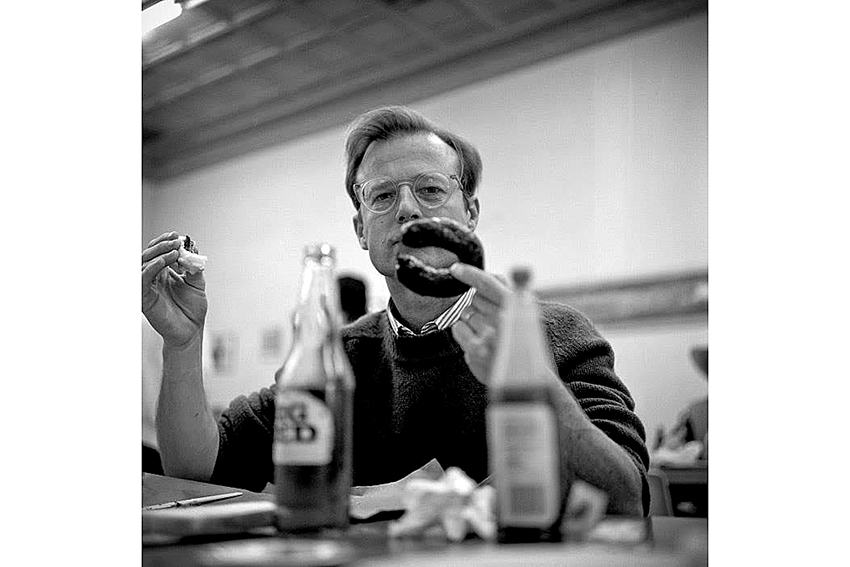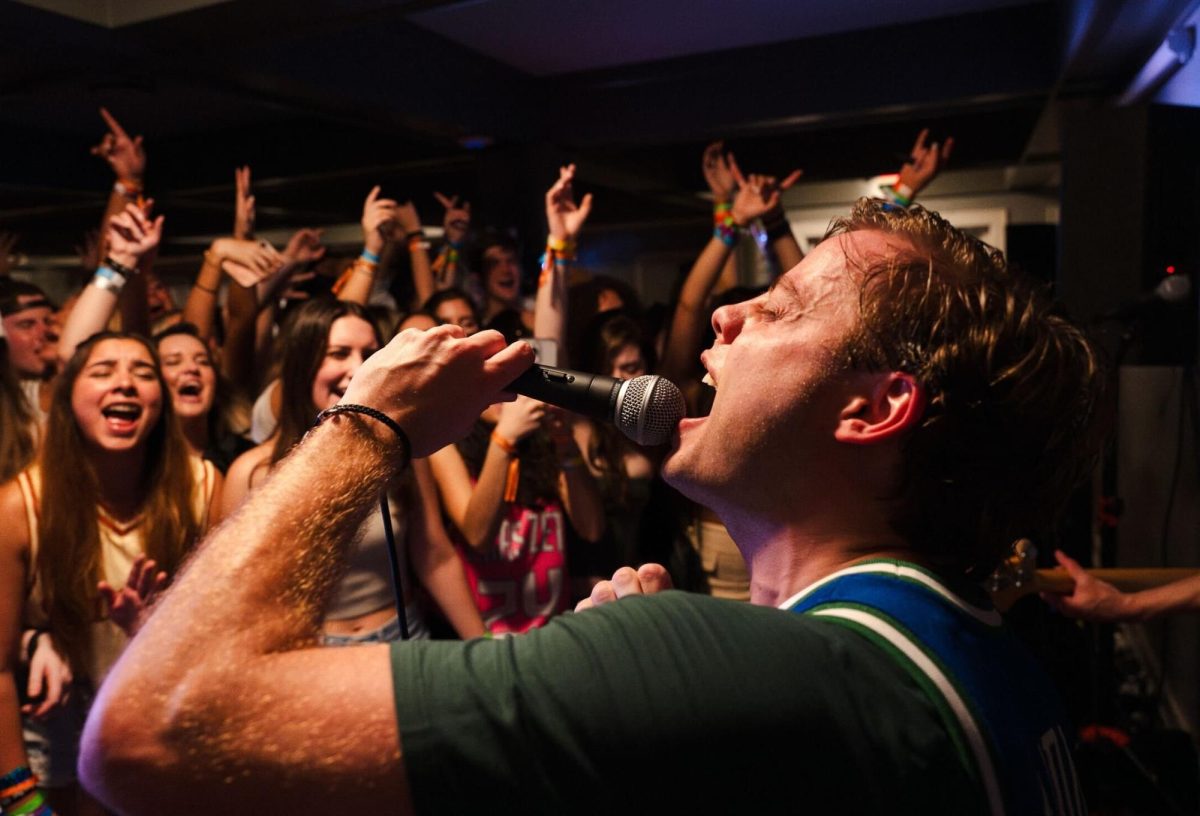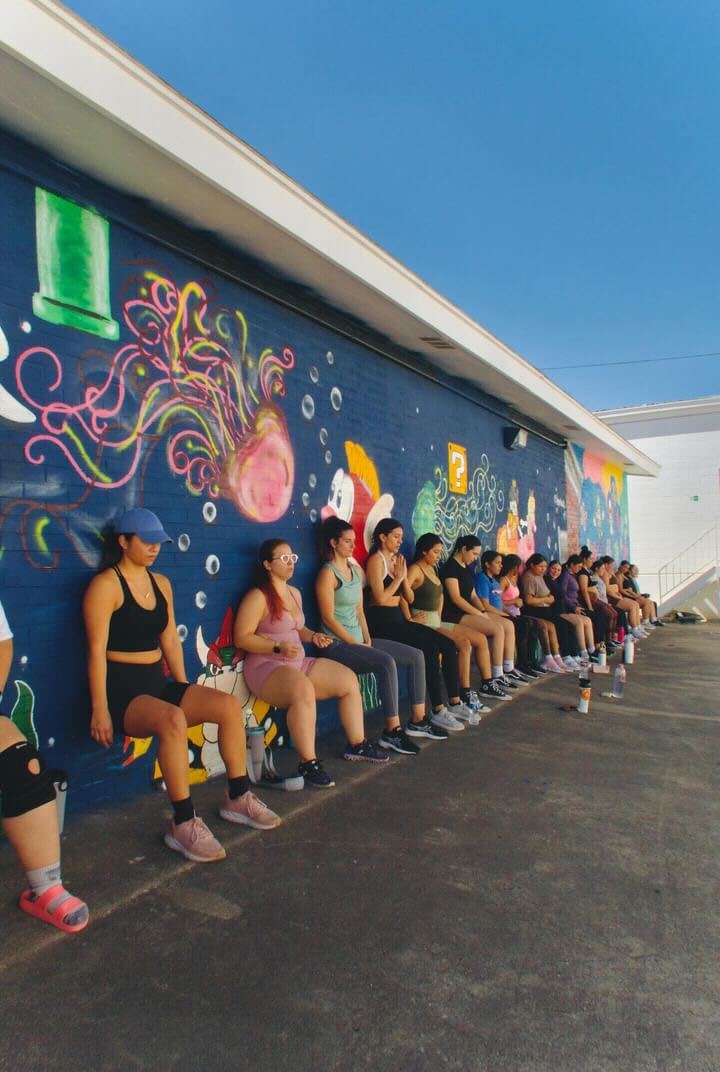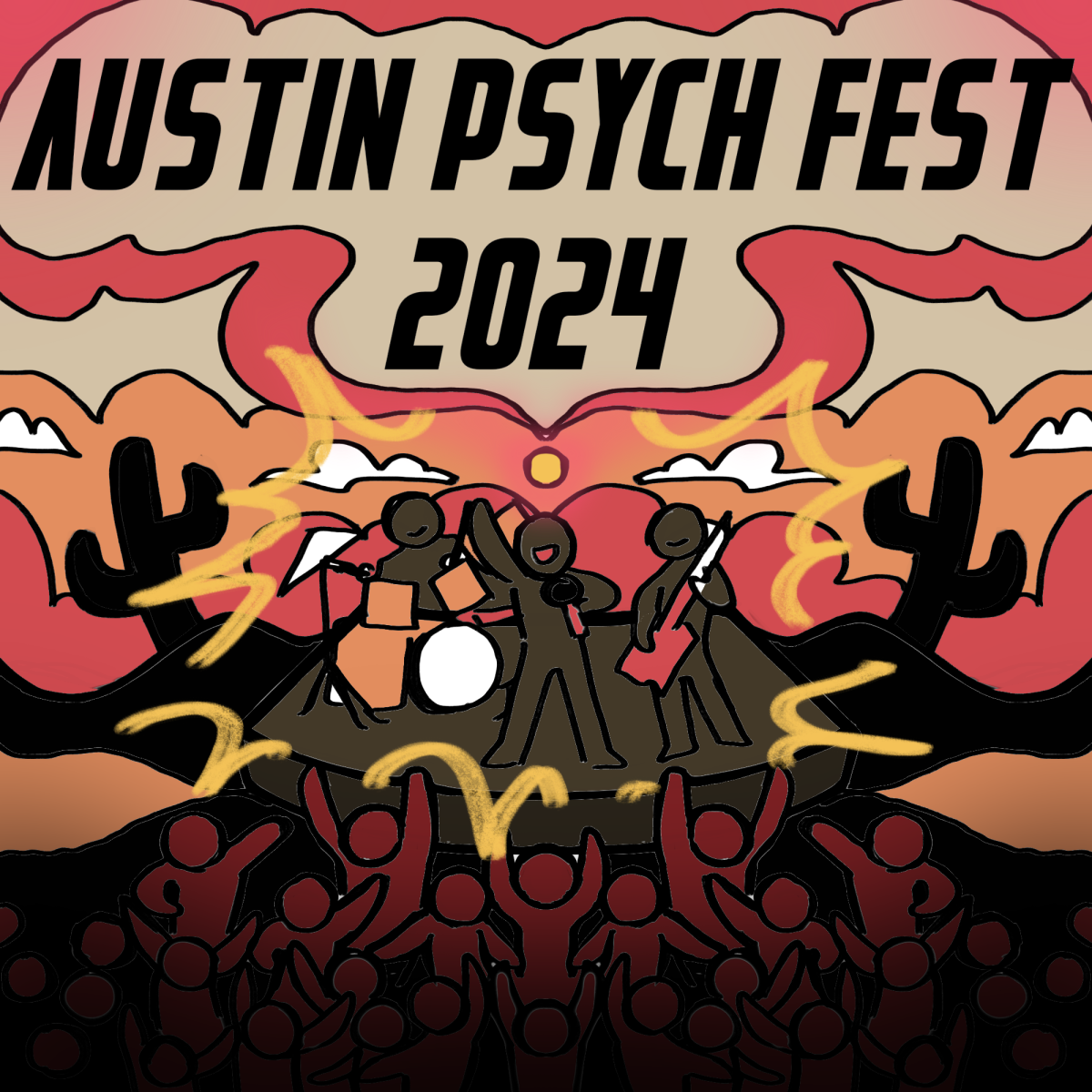For knowing everything about Texas, two options are best: Google, or Joe Nick Patoski.
Patoski has written about Texas for over 40 years. With seven published books covering subjects from Texas mountains to Selena Quintanilla-Pérez, Patoski’s latest work tackles another giant — Austin.
“Austin to ATX: The Hippies, Pickers, Slackers, and Geeks Who Transformed the Capital of Texas” follows the city’s transformation from a quiet capital to a musical, technological and cultural powerhouse.
The Daily Texan had a chance to speak with Patoski before the book’s release on Tuesday, Jan. 22.
Daily Texan: What was the inspiration behind writing “Austin to ATX?”
Joe Nick Patoski: It’s the arrogance of being (in Austin). We’re all here, but very few people are here because they have to be or don’t want to be. I tried to look for all of these origin stories. But all these stories that I try to tell is just how people came to work here to work their ideas out, how they did and what’s the result after that.
DT: Is there anything you came across that you didn’t know originally?
JNP: I would say at least half of the book, I had no idea. And that was the fun. It’s always an exploration. You always have an idea of what anything’s about whether it’s an article or a book. But I was always looking, keeping (my mind) open, but I had to figure out what (Austin) was.
DT: Some would say that Austin’s transformation has been negative, especially with gentrification. How’d you address this issue?
JNP: I tried to cover and address (gentrification). And what I see historically is … I’m disappointed that most of (the book’s) characters in the ‘70s and ‘80s are overwhelmingly white males. You have a lot of cool businesses (in Austin), but do you have a culture anymore? This is a problem that toward the end of my book, and really the last 15 years of what I was writing about, is this realization: Have we killed the goose that laid the golden egg? My bigger question is, with all these disciplines, have you marked out the creative force that makes Austin? And I don’t have the answer.
DT: What type of Austin are we moving toward?
JNP: I talked about three institutions of old Austin (the Capitol, UT and Scholz Garten), but in this book I talk about new institutions, whether it’s Armadillo, Whole Foods, ACL (or) SXSW. Today, (Austin’s) a place where people come for a multitude of reasons. The cool is still here. It may be a little bit harder to find and you may have to pay to park $10 an hour to find that cool, but it’s still here.
DT: What do you want readers to take away from the book?
JNP: I hope I trigger a lot of memories for the oldtimers that really think it was better 40 or 50 years ago and remember the Austin that they once did, and for someone that just got here, if you’re curious about how Austin just came to be, I’ve got answers for you.
Austin Central Library is hosting the book’s official launch event on Wednesday, Feb. 13 at 6:30 p.m.















